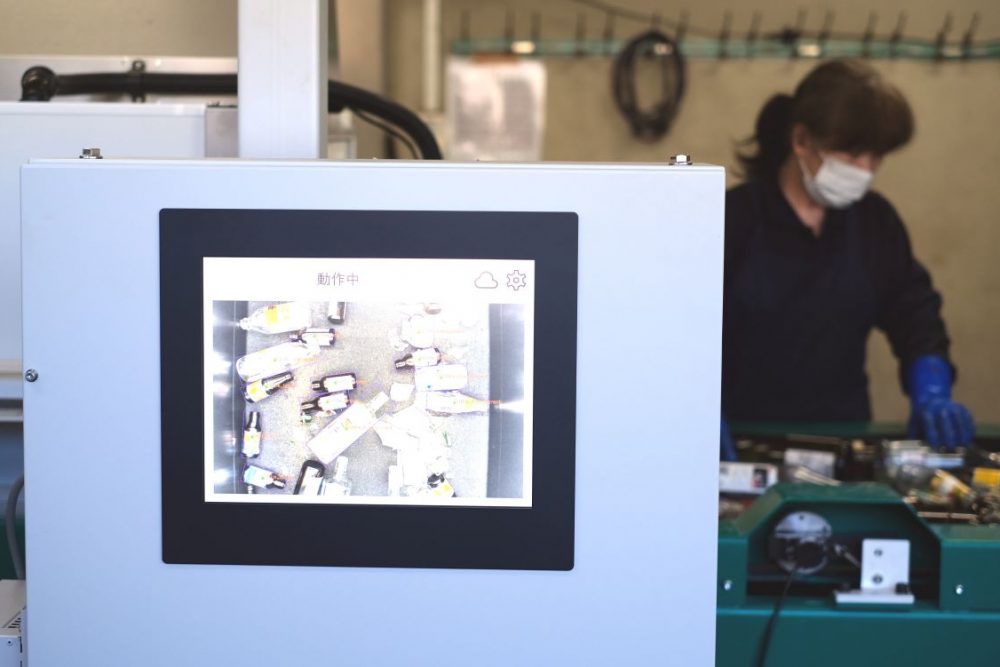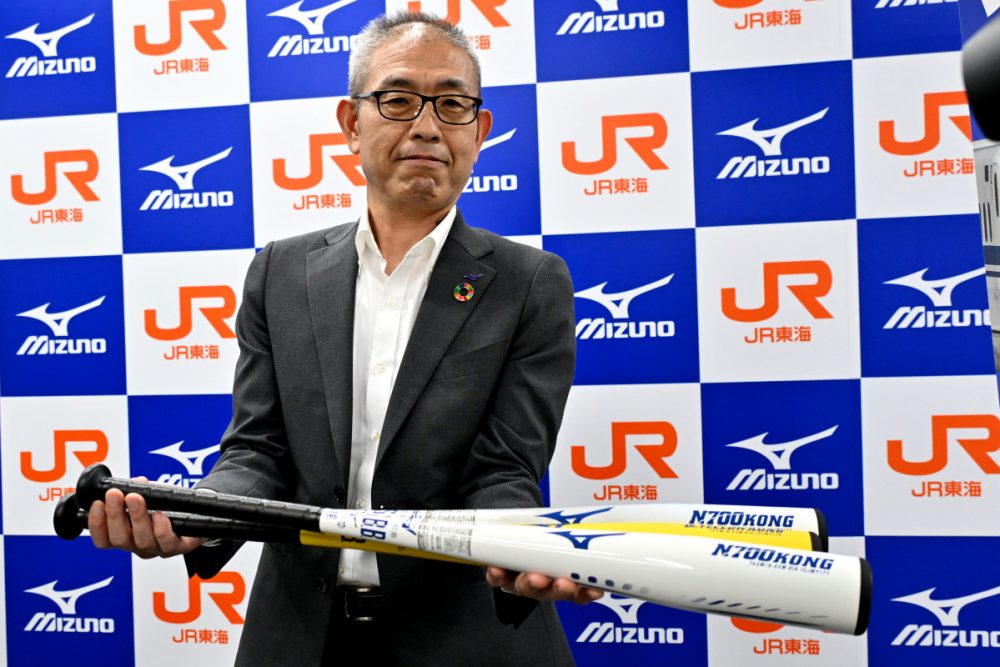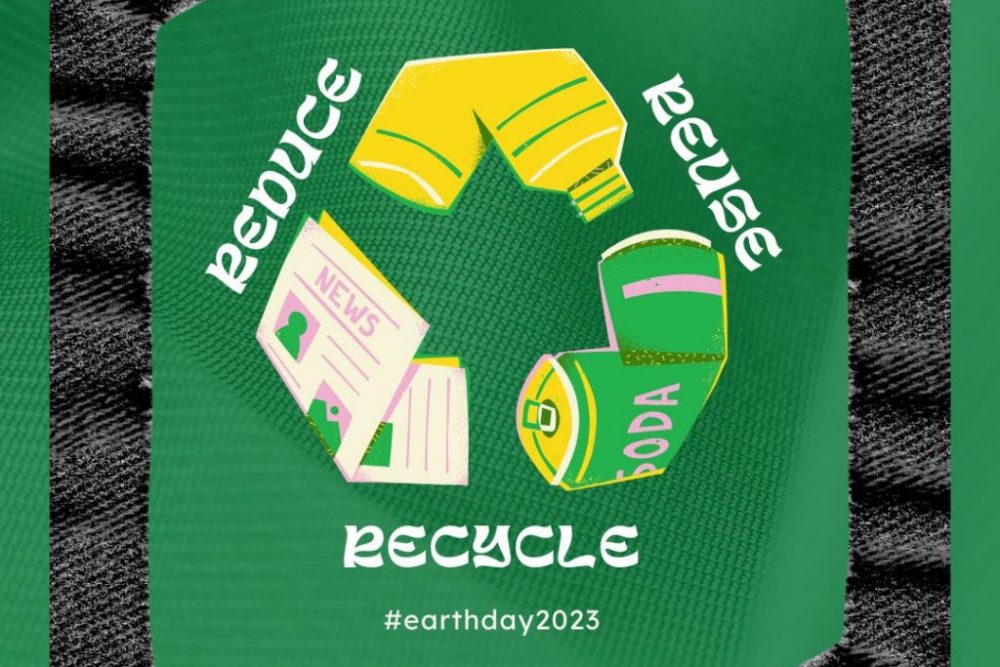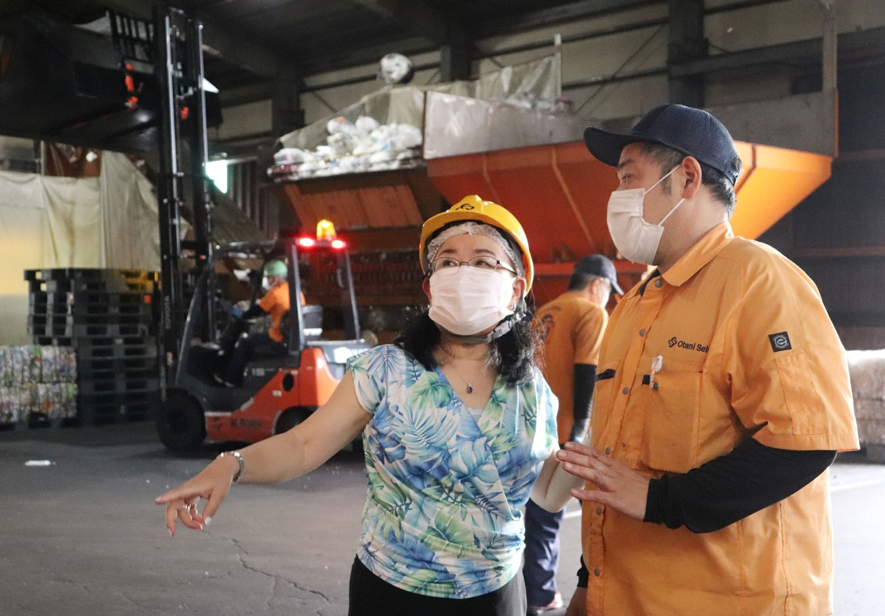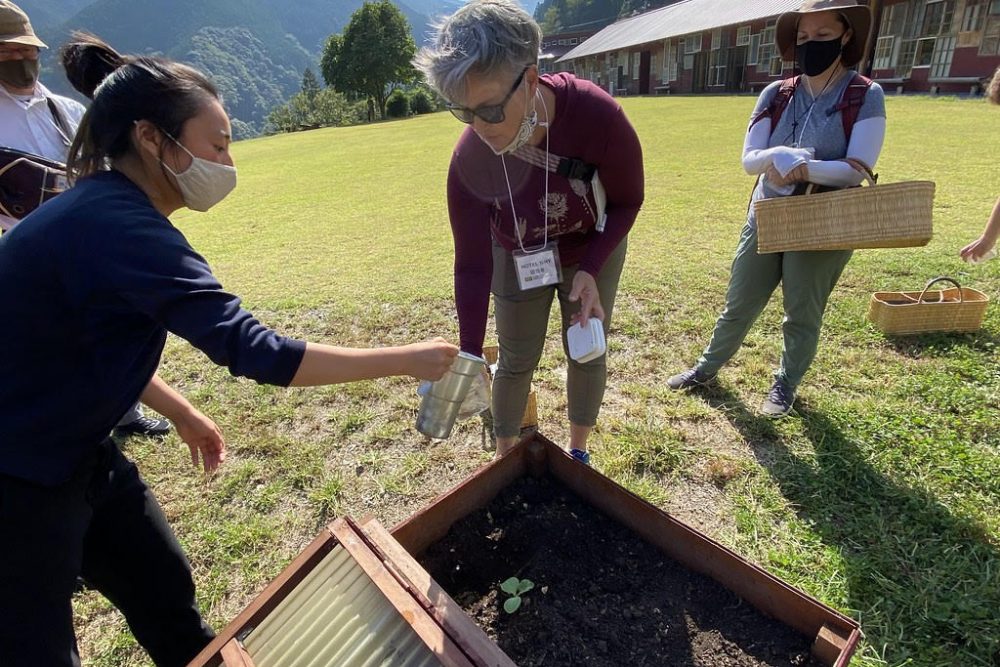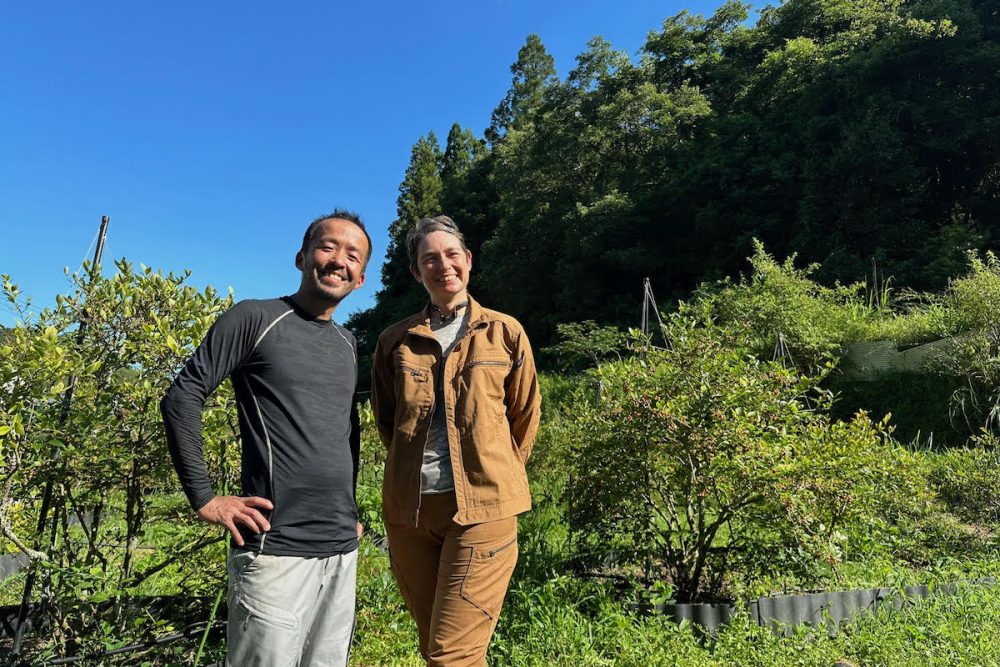[Global to Local] Kana Watando of INOW: Finding 'Home' in Kamikatsu, the Zero-Waste Town
As director of INOW, Kana Watando coordinates immersive programs for visitors that foster an exchange of ideas and knowledge between guests and residents.
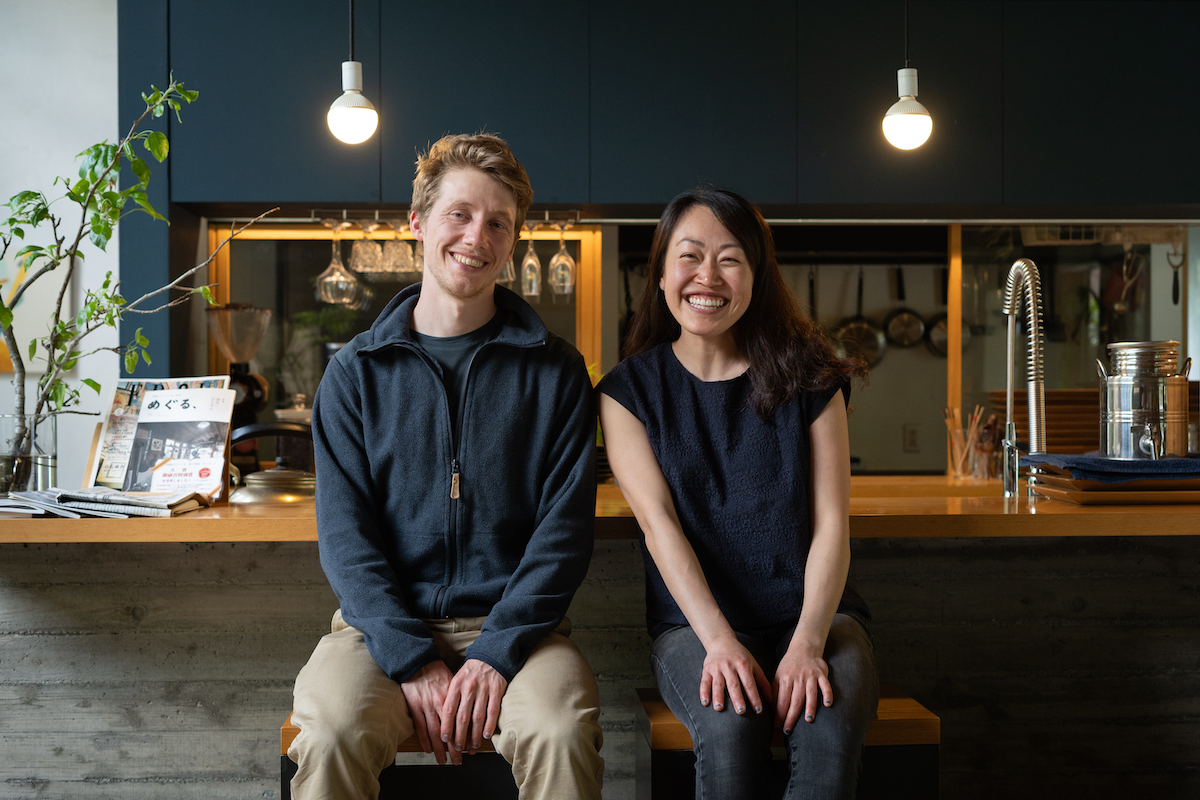
Canadian-born Kana Watando is the co-founder and director of INOW, an educational tourism initiative based in Kamikatsu, Tokushima Prefecture. Kamikatsu became the first town in Japan to implement a zero-waste policy in 2003, ending municipal garbage collection. Since then residents have been separating and bringing their own garbage to the town’s waste collection center, where it is meticulously sorted into more than 45 categories. Based on the residents’ collective effort and commitment, a recycling rate of over 80% has been achieved and global interest in this "Zero-Waste Town" has been growing.
Watando currently runs INOW with Terumi Azuma, who was born and raised in Kamikatsu, and Sil Van de Velde from Belgium. Watando shares her insights on working in the unique environment in Kamikatsu, connecting visitors and locals who share a mutual goal of achieving a more sustainable lifestyle for all.
What brought you to Japan and what has kept you here?
I first came in 2020 with an interest in learning more about environmental efforts in Japan, and I moved to Kamikatsu. I was born and raised in Canada, with parents who immigrated from Japan and Hong Kong. I’d previously visited my mom’s hometown in Japan several times as a child. What has kept me in Kamikatsu is the harmony between nature and Japanese culture in the countryside of Japan! I find my work deeply meaningful and I enjoy a lifestyle that’s in tune with nature and the seasons.
How did INOW begin and what are the main activities?
The unique set-up in Kamikatsu has been drawing international attention to the town, and INOW is here to provide visitors with the opportunity to experience Kamikatsu’s culture for themselves. We started INOW with the aim of helping people from outside Kamikatsu to gain a deeper understanding of the place. However, it’s not a set program where each guest will have the same experience; rather it’s about inviting visitors in by saying, "Here are our lives, here’s our community – please come and join us."
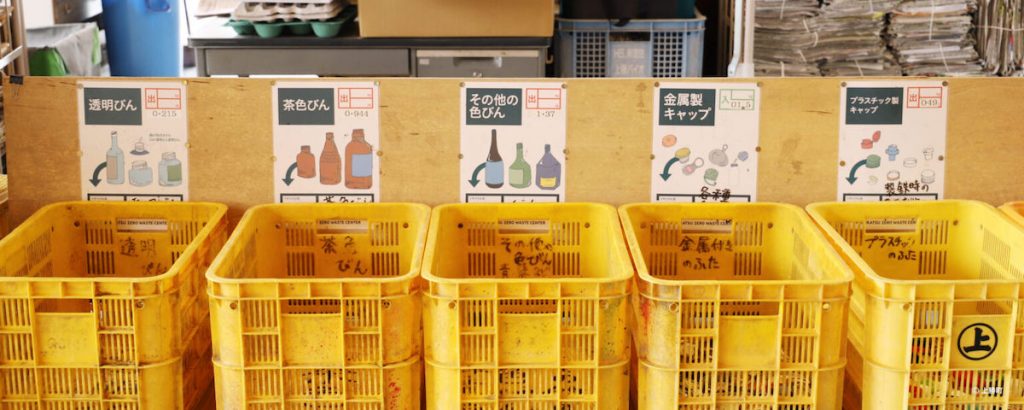
Bringing Kamikatsu to the World
What is the meaning behind the name "INOW"?
INOW (pronounced 'e-no') means "return home" in the local dialect, Awa-ben, and the idea was to create a program and community of people who felt "at home" in Kamikatsu.
How did you become involved?
I co-founded INOW in 2020 with Linda Ding and Terumi Azuma because we realized there was no opportunity for English-speaking guests to learn about Kamikatsu. Opening in the midst of the global pandemic, we could see a unique opportunity to prepare for and provide a tourism experience that focused on slower and more immersive style of travel.
You studied and traveled around the world before coming to Japan. How has that informed your work at INOW?
I moved to Europe to study in the European Master in Tourism Management (EMTM) program. This program was unique because of a mobility scheme that allowed me to study in Demark, Slovenia, and Spain. It was a privilege to have such a diverse cohort of students helping to open my mind and heart to different corners of the world. After various experiences, including communications-related work with the European Union and fundraising in Bangladesh with the Asian University of Women, I've returned to my passion for working in the spheres of education, sustainability, and tourism. These varied experiences allow me to connect more deeply with our guests from all over the world.
What kinds of people are attracted to INOW?
Since we started, we’ve hosted individual travelers, families, school groups, and researchers from around the world, including Japan, Taiwan, Thailand, Philippines, Singapore, Madagascar, Uganda, France, Germany, Italy, United States, Canada, Australia, and New Zealand. Our guests come from a variety of backgrounds – chefs, architects, designers, people working in the waste management industry, and artists, to name a few.
Mutual Benefits for Guests and Hosts
Please tell us more about INOW’s educational, cultural, and natural experience programs.
Just as no two guests are the same, no two programs or experiences are the same. We craft each tour in collaboration with our guests based on their interests and background. INOW’s base starts with "zero-waste" but quickly expands into exploring lost wisdom from the past. We try to build a deep and real connection between our guests, our teachers (local residents), and the natural environment. When our guests come to Kamikatsu, we ask them to slow down, and we give them the space to reflect on what is important to them and the balance of time, money, and waste.
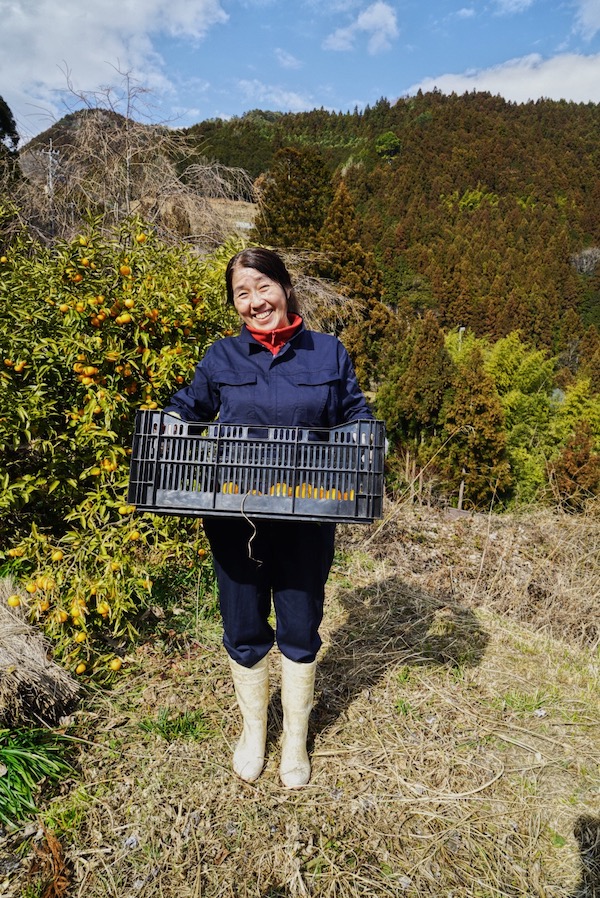
How do you come up with new ideas for INOW?
New experiences for INOW are formed organically through connections we make in Kamikatsu. For example, we were asked to help with re-thatching the last standing kayabuki (thatched-roof) house, which involved collecting and bundling straw. From that experience, we invited graduate students studying architecture from the US to learn about traditional methods of building and maintaining thatched-roof houses. We hope that there is shared value between the guests and the local people. The relationship should be two-way, which is different from standard tourism, where tourists are often consumers.
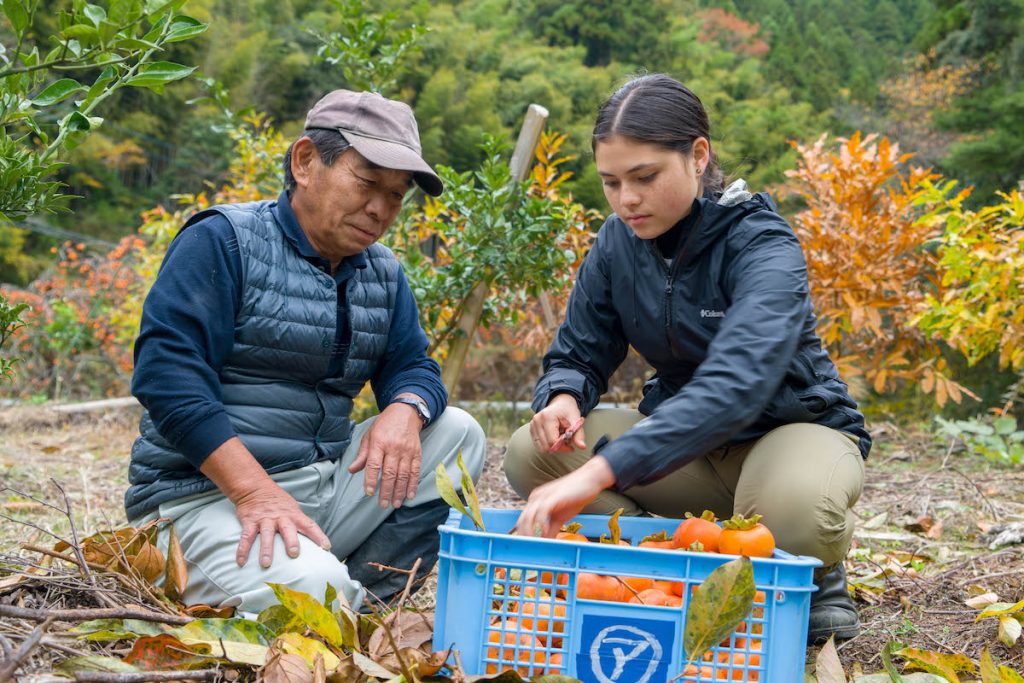
How do such experiences benefit the local community in Kamikatsu?
The experiences create both tangible and intangible benefits in many ways! For example, helping a farmer is a direct way that guests can use their time to support the community. Whenever we invite local teachers to share their experience and expertise, we compensate them for their time. I think what is a unique, intangible benefit for the community is the exchange of knowledge and the conversations between teachers and guests. For us, it is important that we create an experience that has a two-way interaction, in which both guest and host feel they can share ideas and learn from each other.
A Space to Grow, Learn and Share
What is special about living and working in Kamikatsu for you?
While I don’t want to idealize the country life, I do feel immense day-to-day peace. Living in Kamikatsu has shown me the potential for creation. To sow seeds into the ground and study the contents of the soil; to take the fibers of tree bark and make cloth; to cultivate natural yeast and make bread. It is both to make something and to make sense of it – turning something raw and unfinished into something of substance and value. Maybe in this sense, finding "home" in Kamikatsu is less about finding it physically but rather about creating it.

What’s on the horizon for INOW?
Two years ago we started making our own awa bancha tea, and then started growing rice last year. We hope to maintain these projects. Recently we're receiving more requests to create educational programs for high schools and universities. I think this signals increased awareness among young people and educators who want to integrate climate and sustainability into their studies. We're planning to create a camp-style immersive program for larger groups of people over a longer period of time, allowing people from diverse places and backgrounds to learn from each other. We also hope to create programs to cater to those interested in doing research in Kamikatsu and speaking with stakeholders here. Stay tuned!
To find out more about INOW:
Website: www.inowkamikatsu.com
E-mail: inowkamikatsu@gmail.com
Instagram: @inowkamikatsu
Check out other installments of Global to Local by Louise George Kittaka.
Louise George Kittaka is a bilingual writer and content creator from New Zealand. She writes for numerous media platforms and also lectures at Shirayuri Women’s University in Tokyo.






